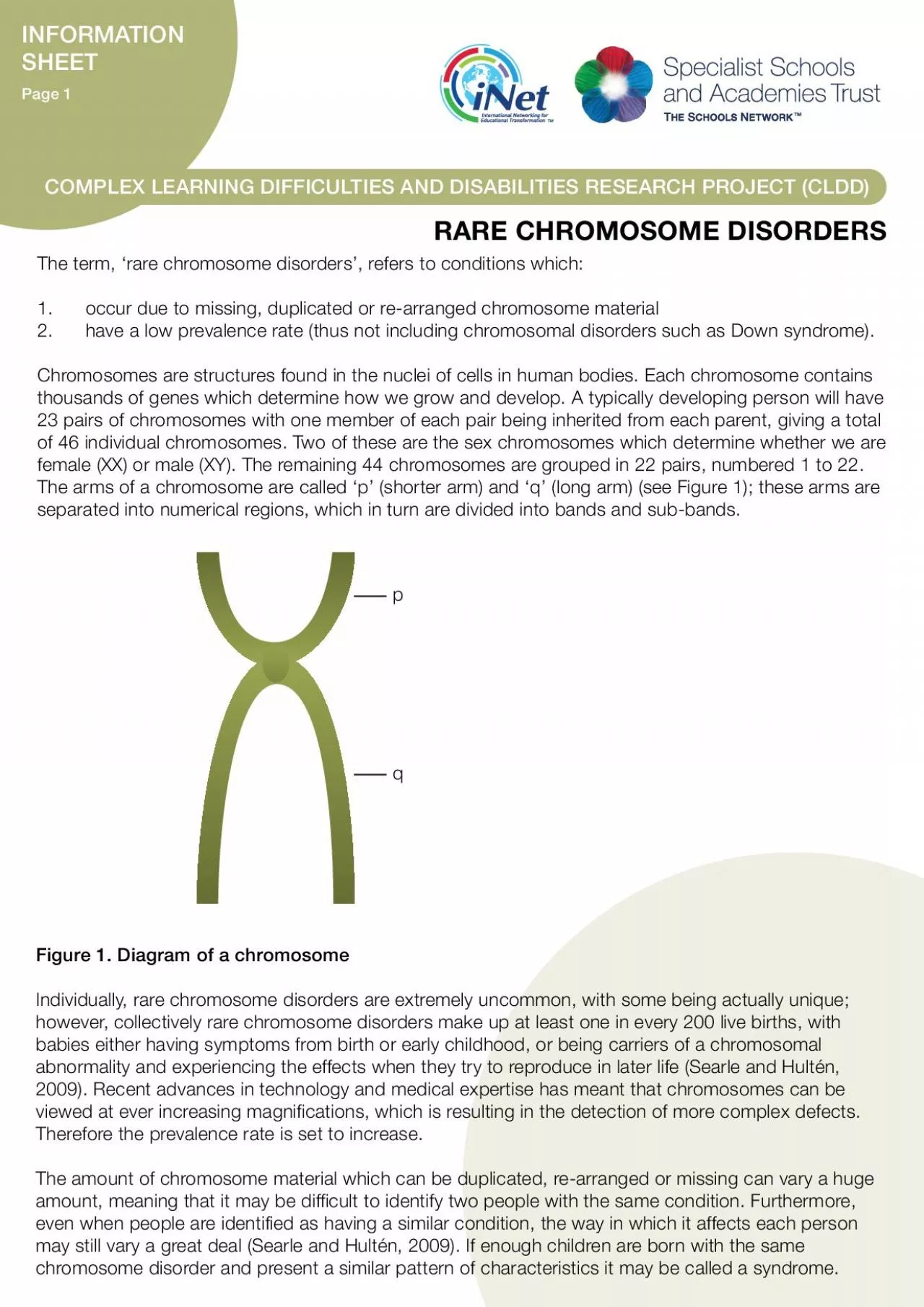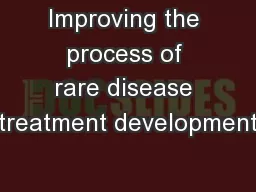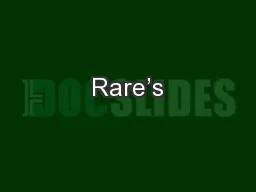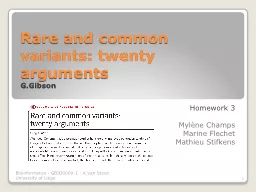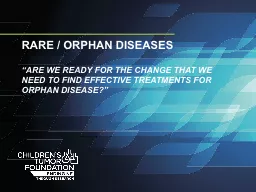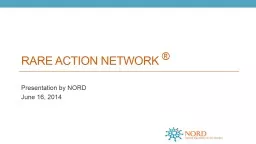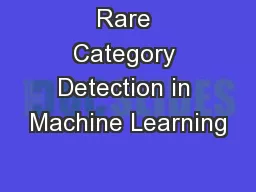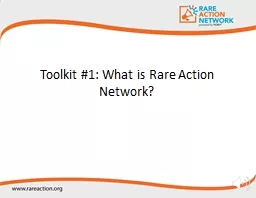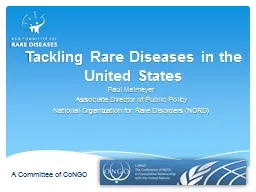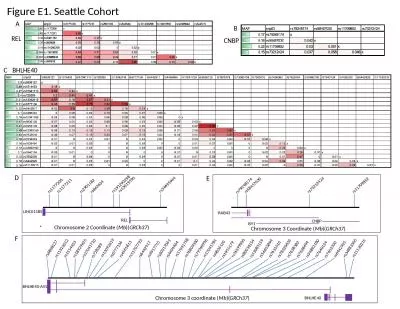PDF-Figure 1 Diagram of a chromosomeIndividually rare chromosome disorde
Author : deborah | Published Date : 2022-08-23
INFORMATION COMPLEX LEARNING DIFFICULTIES AND DISABILITIES RESEARCH PROJECT CLDDThe term 145rare chromosome disorders146 refers to conditions which1 occur due to
Presentation Embed Code
Download Presentation
Download Presentation The PPT/PDF document "Figure 1 Diagram of a chromosomeIndividu..." is the property of its rightful owner. Permission is granted to download and print the materials on this website for personal, non-commercial use only, and to display it on your personal computer provided you do not modify the materials and that you retain all copyright notices contained in the materials. By downloading content from our website, you accept the terms of this agreement.
Figure 1 Diagram of a chromosomeIndividually rare chromosome disorde: Transcript
Download Rules Of Document
"Figure 1 Diagram of a chromosomeIndividually rare chromosome disorde"The content belongs to its owner. You may download and print it for personal use, without modification, and keep all copyright notices. By downloading, you agree to these terms.
Related Documents

